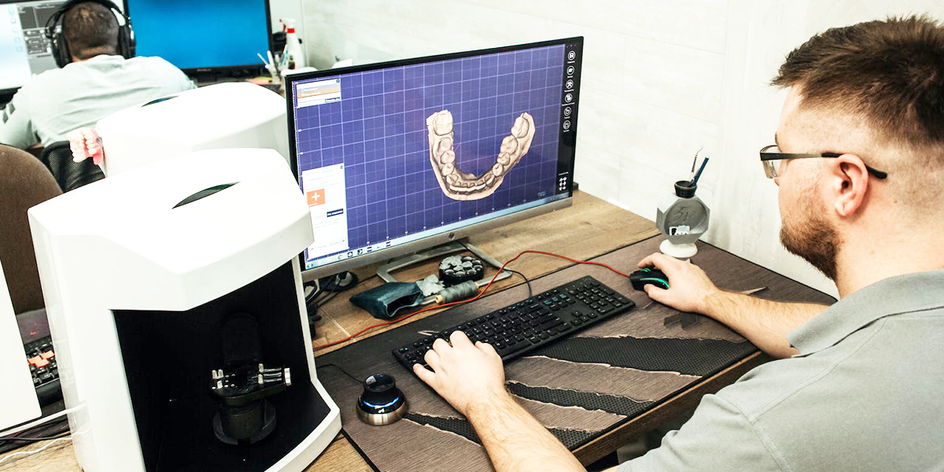The Evolution of Dental Prosthetics: From Wood to 3D Printing
The transformation of dental prosthetics from rudimentary wooden structures to cutting-edge 3D printed solutions offers a fascinating glimpse into the history of dentistry. Let's journey through this evolution, culminating in a closer look at the groundbreaking research from MDPI on 3D printing in dental prosthetics.
Long before modern dentistry, ancient civilizations used rudimentary materials like wood and animal teeth to replace missing dentition. Such prosthetics, though primitive, laid the foundation for future innovations.
As we transitioned into the era of metalwork, dental prosthetics experienced significant advancements. As highlighted by Richmond Dental, metals like gold became materials of choice due to their resilience and adaptability, paving the way for more durable restorations.
The subsequent introduction of vulcanized rubber and porcelain marked another evolution. Rubber bases offered enhanced adaptability for dentures, and porcelain's ability to emulate natural teeth aesthetics became invaluable for crowns and bridges.
The 20th century heralded the titanium era, primarily for dental implants.
3D Printing: The Pinnacle of Personalization
Now, let's delve deeper into the present and the marvels of 3D printing in dentistry, drawing insights from the MDPI research. This technology has transformed dental prosthetics. It offers unprecedented levels of precision, enabling prosthetics to be tailor-made to the minutest details.
The potential of 3D printing isn't merely about customization. Its benefits extend to reduced waste, streamlined production, and rapid prototyping. Such advancements mean patients can receive prosthetics faster and with impeccable accuracy. As MDPI's research elucidates, 3D printing is set to redefine the future of dental prosthetics, with continued research expanding its potential applications.
The advent of 3D printing has revolutionized various industries, and dentistry stands as a prime benefactor of this technological marvel. Drawing from in-depth insights from leading dental research and publications, let's explore the transformative role of 3D printing in the world of dental prosthetics.
The Basics
First, it's essential to understand what 3D printing entails. 3D printing, also known as additive manufacturing, involves creating three-dimensional objects from a digital file. In dentistry, this translates to creating highly accurate dental prosthetics tailored to individual patients' needs.
One of the most profound advantages of 3D printing in dentistry, is its unparalleled precision. Traditional molding techniques, though effective, have inherent limitations in terms of accuracy. With 3D printing, dental professionals can produce prosthetics that perfectly fit the patient, reducing the need for adjustments and ensuring better comfort and functionality.
Beyond precision, 3D printing opens the door to unprecedented customization. Every mouth is unique, and this technology allows for the creation of dental prosthetics that respect these nuances. Whether it's the curvature of a dental crown or the intricacies of a dental implant structure, 3D printing caters to the minutest details, promising prosthetics that are not just functional but also aesthetically pleasing.
Discussing 3D printing without addressing dental implants would be incomplete. As per insights from Hiossen, dental implantology has already witnessed a significant shift due to titanium's biocompatibility. Now, with 3D printing, the fabrication of the implant structure and associated components can be more streamlined and precise, enhancing the overall success rate of implant procedures.
Another compelling advantage, as inferred from MDPI, is the speed and efficiency that 3D printing brings to the dental lab. Traditional techniques could require several weeks from mold creation to final prosthetic delivery. 3D printing slashes this time significantly, meaning patients spend less time waiting and more time enjoying their new smiles.
The Road Ahead
While 3D printing has already transformed dental prosthetics, its journey is far from over. Continued research, as showcased in publications like MDPI, indicates that we're on the cusp of even more innovations. From newer materials to faster printing techniques, the future of 3D printing in dentistry is bound to offer even more breakthroughs.

